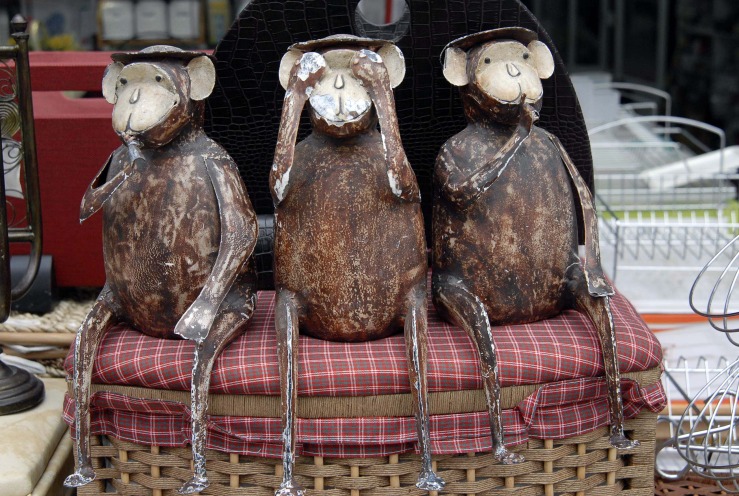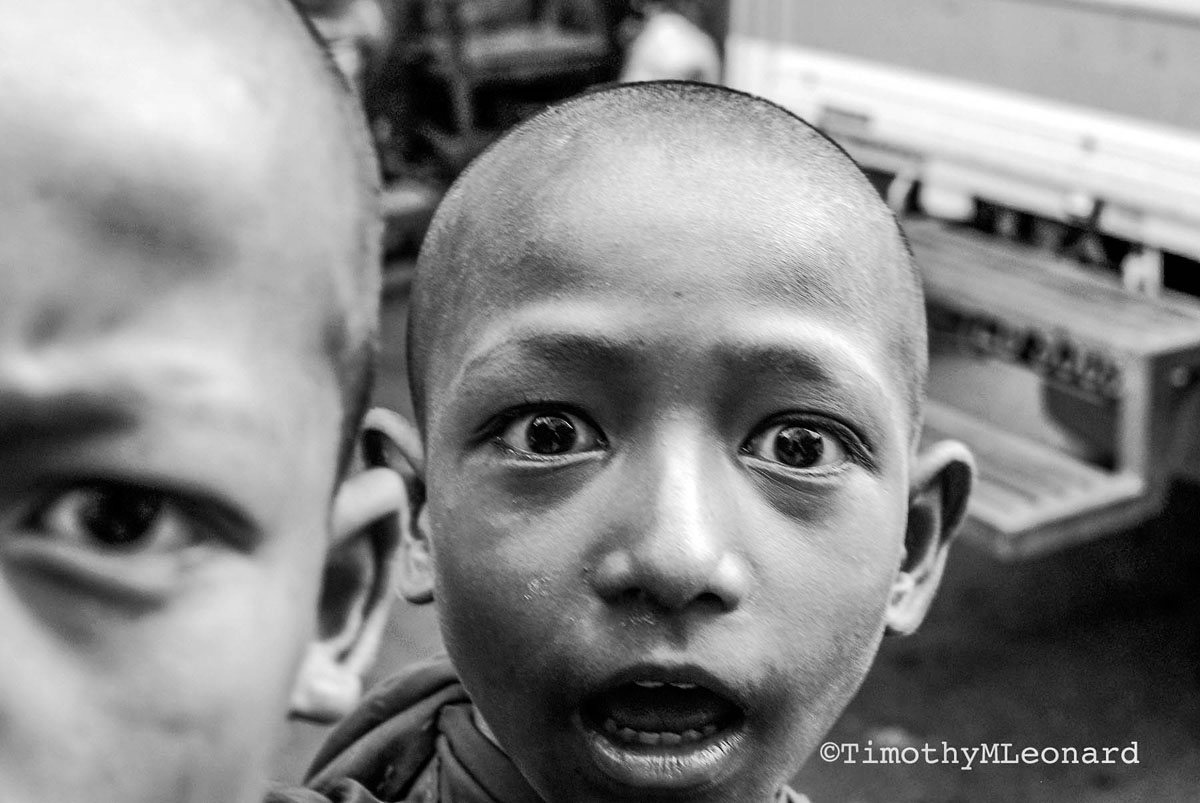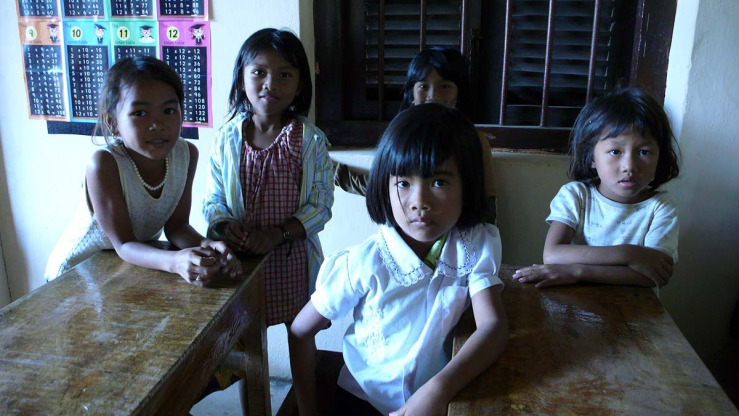Carry On
 01.28.2010
01.28.2010 Greetings,
The Australian nurses leave tonight. They fly "home" to family and friends after three weeks on the ground.
Some, certainly not all, pack their Cambodian "humbling, life changing experience" in their hand luggage.
One wonders, "how can I get my entire humbling, lfe changing experience into this very small bag?" Her question may trouble her for a second, minute, hour, day, week, month, year or the rest of her short sweet life. It's her experience. She knows it's impossible to check it all the way through. She has to to carry it.
She gets it ready. She assembles it on the floor along with fragrant toilet articles, clothing and soft silk scarves. Her experience contains a poor village near Siem Reap. She knows and loves everyone because she lived there. She took care of the people. She cried herself to sleep every night. In the village are thirsty, hungry, exhausted, sick children, women and men. One woman alone takes care of 16 children.
She puts this one little village and everyone into her bag. To utilize space she discards everything else.
She saves weight because there is no clean drinking water. She throws in handfuls of cooked rice to give them nourishment during the long flight to Sydney.
She doesn't know how many will survive. She's finally ready to take her personal humbling, lfe changing experience home.
Metta.












